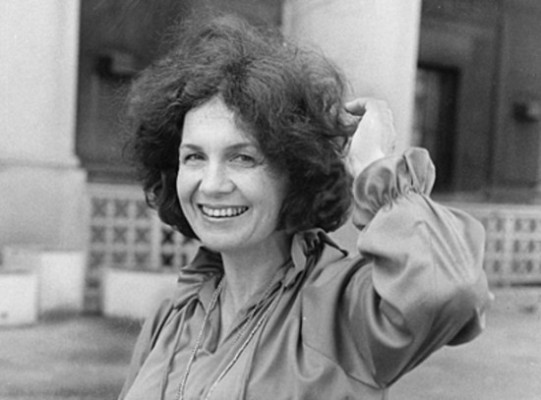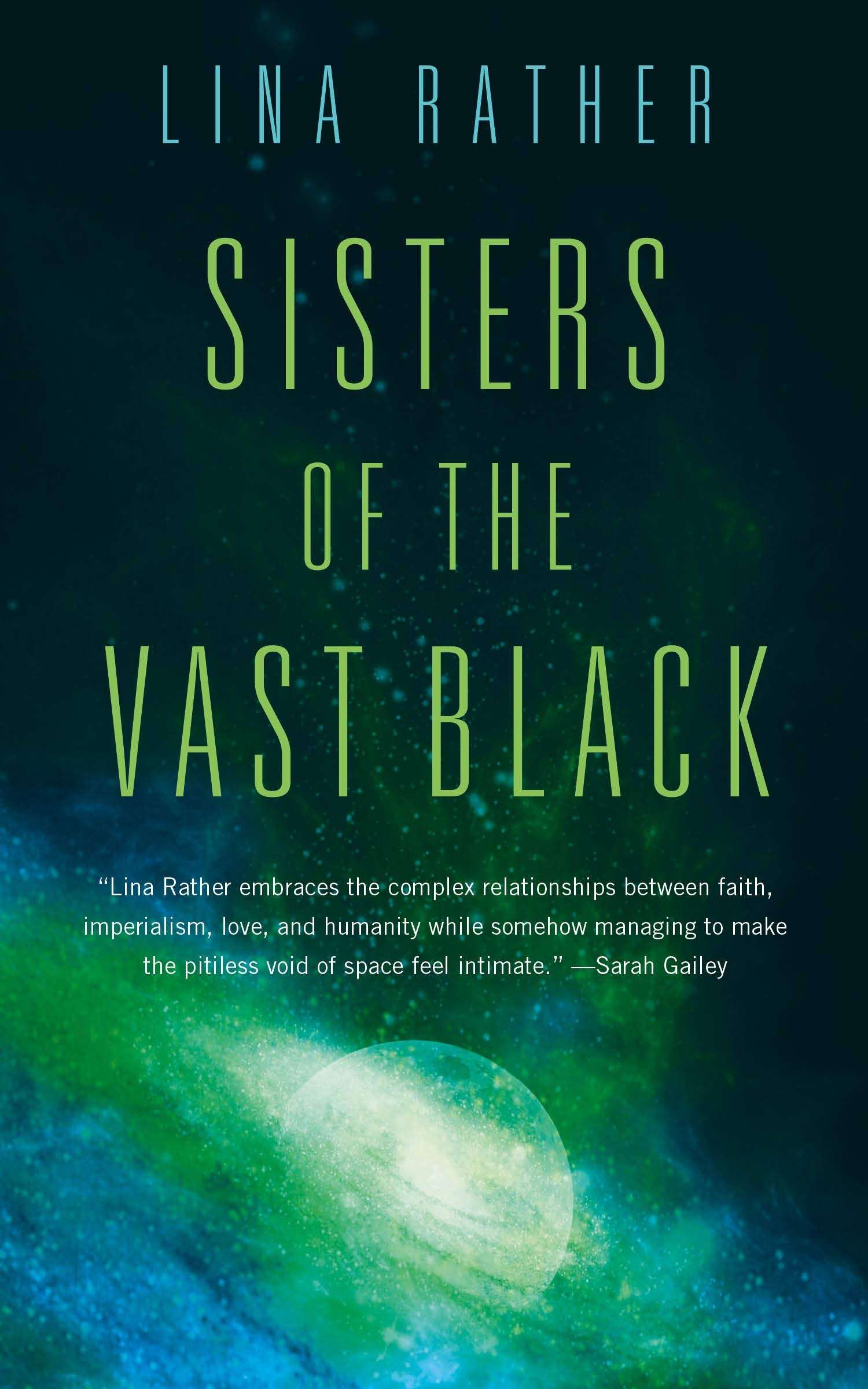The Love of A Good Woman, Stories by Alice Munro

The short story has few practitioners who can touch the formal invention, emotional depth, and line-by-line mastery of Alice Munro. Munro famously began writing stories as a young mother, finding the story took “less time.” (See the quote below.) Lucky for her readers, the genre turned out to be one that suited her. Since her first collection appeared in 1968, she has produced fourteen in all—and garnered numerous awards and prizes, including Canada’s Governor’s General Award, the PEN/Malamud Award, the Rea Award for the Short Story, numerous O. Henry Awards, and the Nobel Prize for Literature in 2013.
Munro’s stories are famously set in her home landscape of western Ontario, Canada, and center on intricacies of relationships that are never sentimental: her stories are told in a voice that intimates a character’s deepest thoughts and feelings, but often with an unreliable edge—a filter that refracts storytelling and deepens the already complex scenarios of what seems ordinary life. Munro’s narrators are sharp-witted, sardonic, even biting in their observations.
So where to begin when first reading Munro?
My recommendation is to begin mid-career. It’s there you’ll find her classically novelistic stories—where the breadth and intricay of the long form is packed into thirty or so pages. The stories of this period may not be as stylistically daring as in recent collections, like Runaway, but there is something classically satisfying about those written in the years between 1982 and 1998. Those collections are, in this reader’s view, vintage Munro. “The Moons of Jupiter,” “The Progress of Love,” “Friend of My Youth,” and “The Love of A Good Woman” are some of Munro’s most iconic stories. As impossible as it is to choose, I’d direct first-time Munro readers to the collection, The Love of A Good Woman.

It’s there you will find such classic stories as “The Children Stay,” a chilling tale of marital abandonment and its effects viewed from the perspective of years later. Or “Before the Change,” an epistolary account of the adult daughter of a widowed country doctor who performs abortions for local women, and after his death, she learns he’s been blackmailed by the housekeeper for decades. The title story of the collection is a domestic murder mystery that features an ailing husband, a devoted nurse, curious boys, and clues set down in a collage of time and memory.
Holding a Mirror to Complexities of Life
Munro has said she revels in what she calls “knotty” situations, where she holds a mirror to the complexities of life and applies her astonishing eye to the details, gathering time and events in her own daring form. In the collection’s introduction, she writes:
“I did not ‘choose’ to write short stories. I hoped to write novels. When you are responsible for running a house and taking care of small children, particularly in the days before disposable diapers or ubiquitous automatic washing machines, it’s hard to arrange for large chunks of time. A child’s illness, relatives coming to stay; a pile-up of unavoidable household jobs, can swallow a work-in-progress as surely as a power failure used to destroy a piece of work in the computer. You’re better to stick with something you can keep I mind and hope to do in a few weeks, or a couple of months at most.”
Munro has famously referred to her narrative structure as that of a house, in which the reader is free to wander through its rooms in any order she pleases. It’s a way she herself prefers to read stories, she’s said. Though in the end, read them in any order you prefer, be sure to take your time and savor them.
More Munro Via Lit Century: 100 Years, 100 Books
And be sure to catch this in-depth conversation via Literary Hub, “On the Vivid Landscapes of Alice Munro,” a rich conversation from Lit Century: 100 Years, 100 Books—an in-depth look at one book for each year of the 20th century. In this episode, host Catherine Nichols, along with writers Alex Higley and Willie Fitzgerald, takes a deep dive into Friend of My Youth, Munro’s 1991 collection, and two selections: the title story and “Meneseteung.”
—Lauren Alwan

